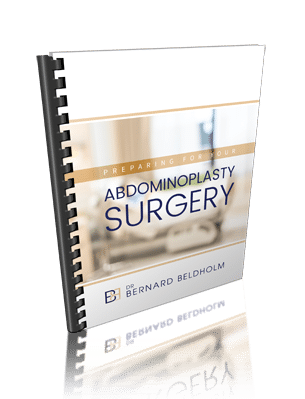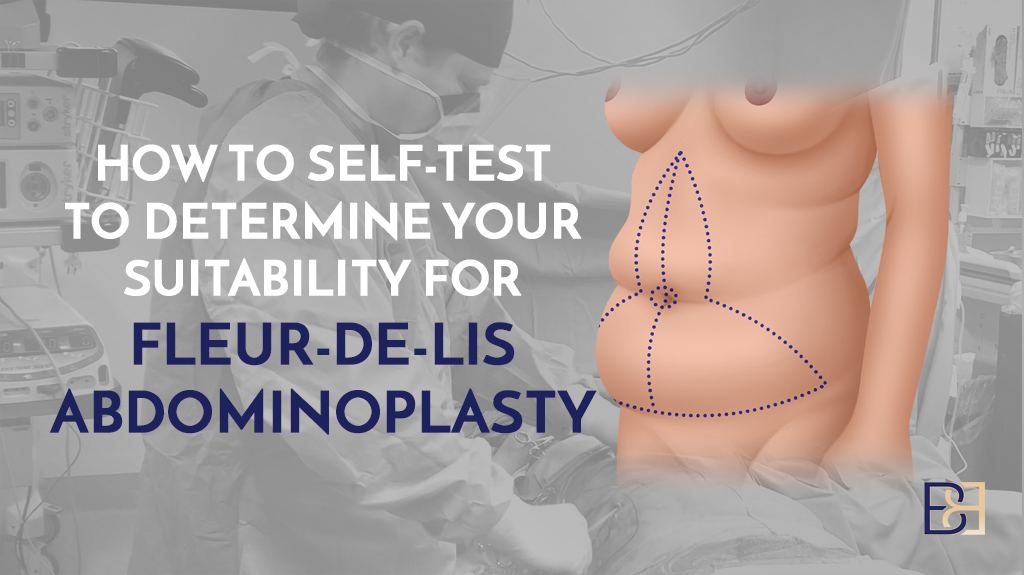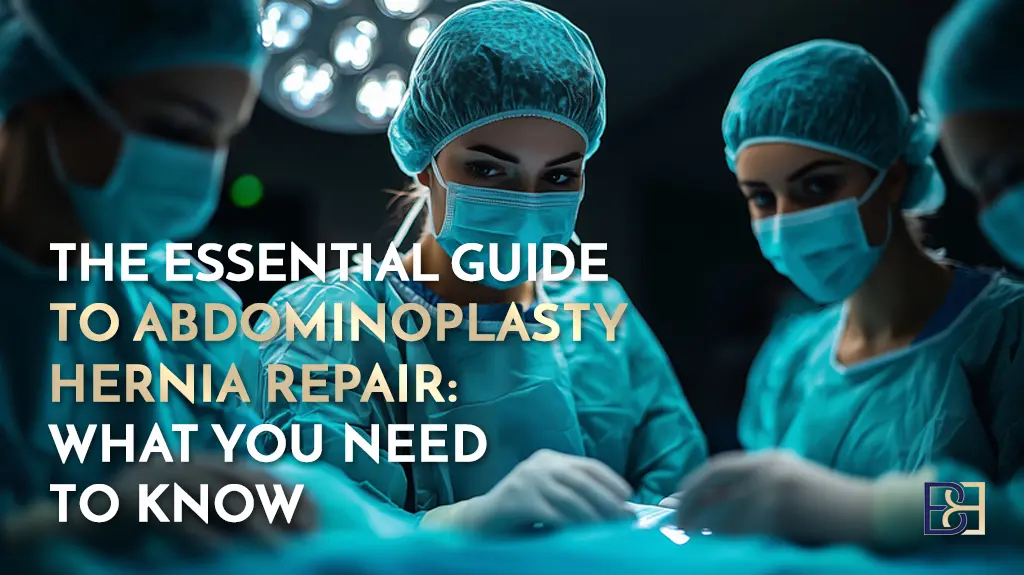3 in every 1,000 births in Australia are multiple-child births. The mother’s uterus expands more during multiple childbirth pregnancies, increasing the chances of diastasis recti (separation of abdominal muscles). Excessive pressure can result in an umbilical hernia, weakened pelvic floor, and pain.
Book your appointment online now
If you live in Australia, statistics show that the chances of having twins or multiple child-births are 3 in 1,000. But before breaking down this figure, what is a multiple-child birth?
A multiple-child birth, also known as a multiple birth, refers to a pregnancy where two or more babies are carried to term. This includes twins, triplets, quadruplets, and so on. Multiple births can occur naturally, but their frequency may be influenced by outside factors such as fertility treatments, advanced age, and genetics.
As more women are getting pregnant later in life and using fertility drugs, multiple births are becoming increasingly common. There is an increased risk involved with multiple birth pregnancies, including pre-term labor, low birth weight, preeclampsia, and foetal growth restriction. In general, there are more risks associated with a multiple-child pregnancy than a singleton birth.
How Multiple-Child Pregnancies Happen
There are two main ways that a multiple-child pregnancy can occur:
- One fertilised egg (ovum) splits before it implants in the uterine lining.
- More than one egg is fertilised by different sperm at the same time.
These two types of multiple-child pregnancies result in either identical or fraternal siblings or a mixture of both. The difference between identical and fraternal babies goes back to how the pregnancy begins.
Identical twins or multiples happen when a single fertilised egg splits into two or more identical divided embryos before implanting in the uterine lining. Identicals look exactly alike and are the same sex.
Fraternal multiples develop from separate eggs that are each fertilised by a different sperm. Because these embryos come from different eggs and sperm, their genetic makeup is different. These babies do not look identical and can be different sexes.
Twin, triplet, quadruple, or more births could be all identical, all fraternal, or a mixture of both. This can happen if your body releases multiple eggs and more than one are fertilised. In pregnancies with both identical and fraternal multiples, more than one egg was fertilised and at least one of those eggs split after fertilisation.
Multiple-child pregnancies cause the uterus to expand more than in a single pregnancy to create enough room for the growing babies. This expansion causes a significant rift between the abdominis muscle bands that run along the stomach.
Separation of these abdominal muscles can be severe with multiple-child pregnancies. In today’s article, I’ll provide a detailed guide on the relationship between multiple-child pregnancies and abdominal muscles.
Rates of Multiple Pregnancies in Australia
In Australia, the rate of multiple pregnancies is on the rise, with statistics showing that 3 in every 100 births are a multiple-child birth. A study by the National Library of Medicine shows that, “[t]he rate of twin birth has increased in the past four decades. In the United States, the twin birth rate has increased by 76%; from 1.9% in 1980 to 3.3% in 2009. In Australia, the rate of multiple deliveries has risen by 15% from 1.3% in 1992 to 1.5% in 2012. One of the main reasons behind this twinning rate increase is the introduction of assisted reproductive technology (ART). The rate of twin birth is high among ART conceived children representing 43% in the US and 6.8% in Australia and New Zealand.”
This trend is also increasing the occurrences of women suffering from diastasis recti (separated abdominal muscles) in Australia. To meet the rising occurance of abdominal muscle separation, I have made educating pregnant women and new mothers about this condition and the available corrective measures an important part of my practise.
Though many new mothers are concerned about loose skin after delivery, your main focus should be on adjusting to new life with your new additions and your body as it attempts to repair itself.
For many new mothers, the stretched muscles and loose skin will bounce back to their pre-pregnancy state naturally with the help of a healthy diet and exercise, requiring no intervention. For this reason, I recommend giving your body at least 12 months after pregnancy before considering body contouring methods. After that, feel free to book a consultation with me so I can assess your post-multiple pregnancy condition and determine ideal corrective measures.

How Pregnancy Affects Abdominal Muscles
Pregnancy causes abdominal muscles to stretch to accommodate the growth of the baby in the womb. Stretching of abdominal muscles is referred to as diastasis recti. The extent and prevalence of diastasis recti varies depending on factors such as twin pregnancies, multiple births, and delivery method.
During pregnancy, the uterus expands to create room for the growing foetus, causing the muscle bands that run vertically along the stomach area to separate.
Stretching of the lower abdomen also stretches the linea alba and pulls them apart. As you advance to your second and third trimester, the separation becomes wider, and the tissue bands get pushed outwards.
Multiple Pregnancies and Abdominal Muscles
After childbirth, your body tries to self-heal, and your linea alba and abdominis muscle bands attempt to retract. The linea alba is highly elastic facilitating natural retraction.
However, a multiple pregnancy overstretches the linea alba and abdominis muscle bands, leaving gaps in your abdominal muscles (diastasis recti) and negatively changing the appearance and condition of your lower abdomen in the following ways:
Loose Skin
The distinctive remnant after child delivery is loose skin. After pregnancy, the body attempts to self-heal by retracting the loose skin caused by the stretching of the uterus.
However, after multiple pregnancies, the abdominal skin loses its elasticity and its retraction properties. The result is significant abdominal skin laxity.
Belly Button Distortion
As the expanding uterus pushes up and out to facilitate foetal growth, it causes the belly button to stretch and appear flattened. This becomes prevalent during the second and third trimesters.
After childbirth, the belly button will attempt to return to its normal size and position. However, if you’ve had a multiple-child birth or a strenuous delivery, it might retain its stretched look. There are also chances it might develop into a permanent “outie.”
Diastasis Recti
All expectant mothers will experience diastasis recti. Your lower abdomen has to create space for more than one foetus. This expansion stretches the tissues that separate the two sides of your abdomen especially in the second and third trimesters.
Diastasis recti persists in 60% of women after childbirth. These chances are higher for women who’ve undergone a multiple-child birth.
FUPA
FUPA (fatty upper pubic area) refers to the accumulation of fat in your upper pelvic region after pregnancy. It is a result of loose abdominal muscles failing to retract, allowing the abdominal tissues to drop into the vaginal area.
Furthermore, during twin pregnancy, women tend to gain weight and fat in their lower abdominal area. Dropping of abdominal tissues due to diastasis recti and fat gain during pregnancy is more prevalent if you’ve had a multiple-child birth.
Cesarean Section vs. Vaginal Birth
The delivery method also determines the extent and severity of diastasis recti. A study by PubMed shows that “[c]S women showed significant alterations in both abdominal fasciae and muscle thicknesses, whereas VA women showed alterations mainly in muscles.”
Both caesarean section and vaginal delivery methods stretch the abdominal muscles, and can lead to diastasis recti. However, separation of abdominal muscles is more prevalent in women who’ve undergone C-sections. This is because the nature of the caesarean birth delivery method weakens your abdominal core and increases the chances of your linea alba and abdominis muscle bands failing to retract.
Repairing Abdominal Muscles after Pregnancy
The good news is that several treatment options are available for diastasis recti. No one option fits all, and your ideal choice depends on the severity of the abdominal muscle separation.
The best way to determine the extent of your abdominal muscle separation is through a personalised assessment. I recommend scheduling a consultative session with me to determine which treatment best treats the extent of your muscle separation.
Non-Surgical Solutions
If we determine you have less severe diastasis recti, I’ll recommend the following non-surgical solutions to facilitate the retraction of the linea alba and abdominis muscle bands.
Exercise
I’ll provide a detailed exercise guide based on your condition to avoid straining your delicate abdominal muscles. I’ll do this to ensure you do not overstretch the already weakened abdominis muscle bands with exercises such as planks and sit-ups. Furthermore, avoid heavy lifting or any activities involving working the abdominal spine.
I recommend pelvic tilts, heel sides, toe taps, single-leg stretches, and abdominal compressions. These exercises are less strenuous on your delicate abdomen and target strengthening deep-lying muscles affected during childbirth. As you perform these exercises, always keep your belly pulled in.
The general rule of thumb as you exercise is always to avoid exercises that push your belly outwards. Your target should be to work together with the ab-muscles to tighten the corset.
It’s also crucial to follow the right breathing techniques to avoid creating any compression in your abdominal cavity. The best strategy is to perform a deep exhale each time you make an effort.
You would normally see a physiotherapist to guide you through these exercises.
Pre- and Post-Natal Care
Following basics such as eating a well-balanced diet and exercising correctly can help reduce less significant diastasis recti. Prenatal care, which tests and checkups to determine whether there are any complications, is essential to mitigate the risk of diastasis recti.
Postnatal care instructions are also crucial in ensuring the separated abdominal muscles are well taken care of. Getting enough rest, eating right, and following an exercise regime helps the body to attempt to self-heal and the abdominal muscles to retract. Postnatal care visits, which also involve checkups and monitoring, help identify any physical restraints such as fatigue and chronic conditions.
Physiotherapy
I recommend physiotherapy as a remedy during the postpartum period. A trained physiotherapist will perform a detailed assessment of your condition, including high blood pressure, and create the ideal exercise routine.
These exercises involve target strengthening, which promotes deep core stability and can decrease inter-recti separation. Physiotherapy also involves correct posture and breathing, which manages intra-abdominal pressure and reduces muscle separation.
A trained physiotherapist also includes exercises that assess your pelvic floor tension and its coordination with the core system.

Surgical Solutions
If you experience severe diastasis recti, you could opt for surgical solutions. These procedures aim to repair and strengthen separated deep-lying abdominal muscles after a multiple-child birth.
Some of these surgical solutions include;
Abdominoplasty
Abdominoplasty is a surgical procedure performed to fix the shape and appearance of your lower abdomen after pregnancy. Abdominoplasty procedures vary depending on the extent of muscle separation and patient profile. The available abdominoplasty surgical procedures include;
Mini Abdominoplasty
A mini abdominoplasty is the least invasive option; it treats minimal skin laxity and abdominal muscle separation. As your FRACS healthcare provider, I will make a small horizontal incision to treat kin laxity in your lower abdominal area. I recommend mini abdominoplasty to patients with less severe muscle separation that is mainly located in the lower abdomen.
Full Abdominoplasty
A full abdominoplasty is more invasive than a mini Abdominoplasty. I will make a longer horizontal incision running above the bikini line. A longer incision makes it easier to access and repair deep-lying abdominal muscles affected after a multiple birth.
This procedure also incorporates umbilicus repositioning. As I stitch back your abdominal incision, I will reconstruct your umbilicus.
FDL (Fleur-de-Lis Abdominoplasty)
An FDL (Fleur-de-Lis) is one of the most invasive abdominoplasty options. It is the ideal option if you’ve undergone a multiple-child birth and suffer from extreme diastasis recti. An FDL is also the preferred option for patients who’ve undergone significant weight loss.
I will make vertical and horizontal incisions to treat skin laxity. These incisions allow access to the deepest-lying abdominal muscles affected during pregnancy and provide room for complete umbilicus repositioning and reconstruction.
Extended Abdominoplasty
An extended Abdominoplasty is similar to the standard Abdominoplasty. The difference is an extended abdominoplasty procedure is more comprehensive as it targets the area between your waist and hips.
I’ll make a horizontal incision line extending to your back area, above your hips. This incision allows more room to remove the loose skin and fat brought about by your pregnancy.
The extended incision allows more room for correcting separated abdominal muscles, as well as for reconstructing and repositioning the belly button.

Suction-Assisted Lipectomy (Liposuction)
The main target of Suction-Assisted Lipectomy procedure is to remove excess abdominal fat. I will use Lipo VASER technology to suck out the fatty tissues caused by a multiple-child birth.
Suction-Assisted Lipectomy can be performed as a stand-alone procedure; however, I recommend incorporating it in other abdominoplasty options. For instance, a Fleur-de-lis with Suction-Assisted Lipectomy effectively removes loose skin and excess fat in your lower and upper abdomen.
Mons Pubis Surgery
Mons pubis surgery (Monsplasty) is another corrective surgical option to consider. It involves the removal of excess skin and fat present in your mons pubis. The mons pubis is the fat accumulation in front of the pubic bones, usually covered by pubic hair.
Excess mons pubis fat can be caused by a multiple-child birth. Your Monsplasty procedure will involve lifting, tightening, and reshaping its structure.
A mons pubis surgery also allows the correction of separated lower abdominal muscles. However, it offers limited access and is not as effective as abdominoplasty options for diastasis recti.

Umbilicus Reconstruction
Umbilicus reconstruction, also known as navel reconstruction, is ideal for treating an umbilical hernia, a condition in which fat and abdominal organs poke through the separated abdominal muscles. Compared to the above options, it is a minor procedure done under general anaesthesia.
It involves reshaping the tissue and skin around the navel region. The extent of the procedure depends on how far the umbilicus stretches during pregnancy.
Dr Beldholm’s Final Take
Abdominal muscle separation during pregnancy can be severe, especially for women carrying multiples. It is essential to consider the practices above that I’ve recommended to patients for over 15 years. Feel free to contact me pre or post-pregnancy to determine, manage, or correct abdominal muscle separation (Diastasis recti) caused by a multiple-child birth.
Book your appointment online now
References
- Meah, V. L., Strynadka, M. C., Khurana, R., & Davenport, M. H. (2021). Physical Activity Behaviors and Barriers in Multifetal Pregnancy: What to Expect When You’re Expecting More. International journal of environmental research and public health, 18(8), 3907.
- Arrowsmith S. (2023). Multiple pregnancies, the myometrium and the role of mechanical factors in the timing of labour. Current research in physiology, 6, 100105.
- Siddiqui, A. H., Tauheed, N., Ahmad, A., & Mohsin, Z. (2014). Pulmonary function in advanced uncomplicated singleton and twin pregnancy. Jornal brasileiro de pneumologia : publicacao oficial da Sociedade Brasileira de Pneumologia e Tisilogia, 40(3), 244–249.
- Sperstad, J. B., Tennfjord, M. K., Hilde, G., Ellström-Engh, M., & Bø, K. (2016). Diastasis recti abdominis during pregnancy and 12 months after childbirth: prevalence, risk factors and report of lumbopelvic pain. British journal of sports medicine, 50(17), 1092–1096.
- Kwiatkowska, K., Kosińska-Kaczyńska, K., Walasik, I., Osińska, A., & Szymusik, I. (2021). Physical Activity Patterns of Women with a Twin Pregnancy-A Cross-Sectional Study. International journal of environmental research and public health, 18(15), 7724.
- Mercado, M., Daza, M., Moore, C. A., Valencia, D., Rico, A., Álvarez-Diaz, D. A., Brault, A. C., Fitzpatrick, K., & Mulkey, S. B. (2020). Discordant Clinical Outcomes in a Monozygotic Dichorionic-Diamniotic Twin Pregnancy with Probable Zika Virus Exposure. Case Report. Tropical medicine and infectious disease, 5(4), 188.
- Murray, S. R., Bhattacharya, S., Stock, S. J., Pell, J. P., & Norman, J. E. (2019). Gestational age at delivery of fraternal twins and perinatal outcomes: a cohort study in Aberdeen, Scotland. Wellcome open research, 4, 65.
- Michalopoulos, S., Tsikouras, P., Varlami, V., Lambrinos, D., Bothou, A., Nikolettos, K., Papanikolopoulou, S., Marinos, G., Iatrakis, G., & Nikolettos, N. (2023). Retrospective Study of the Correlation Between Twin Pregnancies and Perinatal Outcome in Association to the Impact of Preterm Birth. Materia socio-medica, 35(3), 215–221.
- De la Calle, M., Bartha, J. L., García, L., Cuerva, M. J., & Ramiro-Cortijo, D. (2021). Women Aged over 40 with Twin Pregnancies Have a Higher Risk of Adverse Obstetrical Outcomes. International journal of environmental research and public health, 18(24), 13117.
- Monden, C., Pison, G., & Smits, J. (2021). Twin Peaks: more twinning in humans than ever before. Human reproduction (Oxford, England), 36(6), 1666–1673




